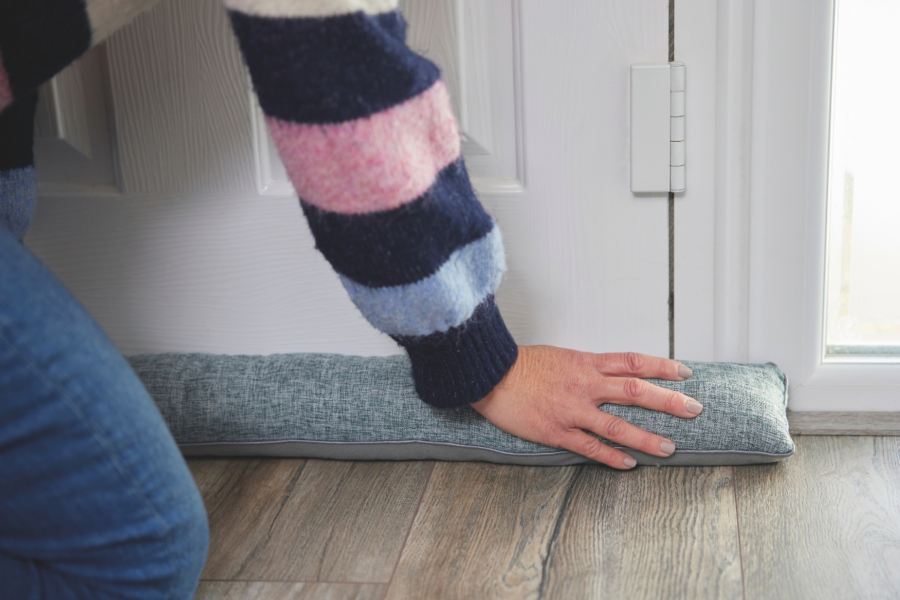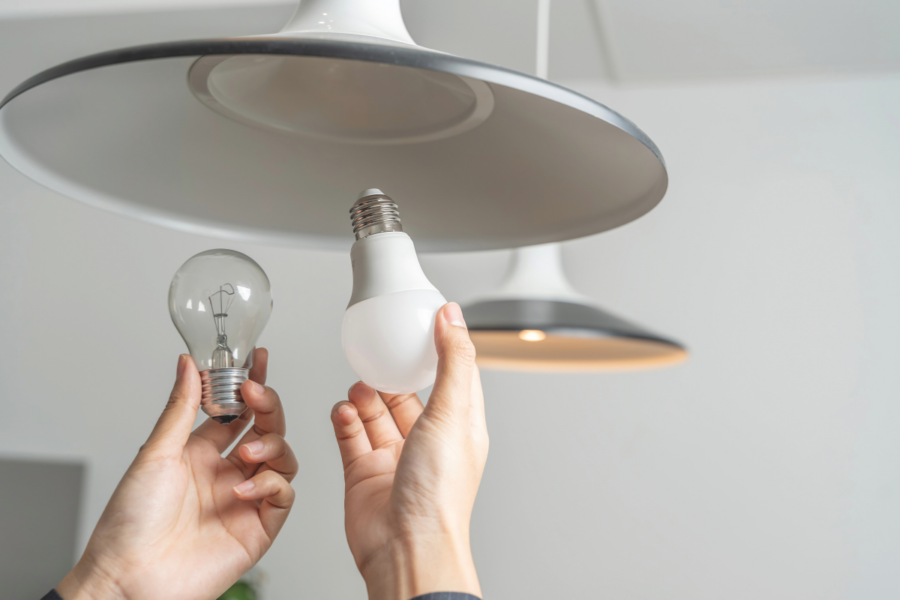Ensure you stay warm while keeping your bills manageable this winter with advice on lowering your gas and electricity usage, from energy appliance provider Dwellow
Words: Katy Sunnassee. Images: Shutterstock
Winter is a time our energy bills often rise, but there are several low-cost, DIY methods to help reduce these expenses without compromising on comfort — but by implementing these simple, low-cost strategies, you can significantly reduce your energy bills this winter. Small changes in how you manage gas and electricity usage can lead to substantial savings, ensuring you stay warm and comfortable without breaking the bank.

1. Optimise your boiler’s efficiency
One of the simplest ways to reduce your gas consumption is by turning down the flow temperature of your boiler. It’s often set at a higher temperature than necessary, leading to excessive energy use. By lowering the flow temperature, you can save significant amounts on your heating bill without noticing a difference in comfort.
Additionally, over time, air can become trapped in your radiators, reducing their efficiency. Bleed your radiators to solve the issue, allowing hot water to circulate more effectively and warm your home better.
2. Lower your thermostat
Reducing your home’s temperature by just one degree can save you up to 10 per cent on your gas bill. Instead of turning up the heat, try adding an extra layer of clothing or using a blanket. This small adjustment can make a big difference in your energy consumption and costs.

3. Improve insulation and draught proofing
Ensuring your home is well-insulated can drastically reduce heating costs. Focus on insulating your loft and water cylinder. Additionally, draught-proofing doors and windows is a relatively easy DIY task that can prevent cold air from entering and warm air from escaping. Adding weather stripping or draught excluders can be a quick and affordable way to reduce heat loss.
For a more advanced solution, consider installing Thermostatic Radiator Valves (TRVs), which allow you to control the temperature of individual rooms.
4. Switch to LED lighting
Lighting accounts for a significant portion of your electricity bill. Replacing traditional incandescent bulbs with LED bulbs is an easy way to reduce energy consumption. LED bulbs use up to 75 per cent less energy and last much longer, providing substantial savings over time.

5. Use appliances more efficiently
- Washing machine and dishwasher: Lower the temperature settings and use the eco cycle option, which typically runs at around 30 degrees. This small change can significantly reduce the electricity used per cycle.
- Air dry laundry: On dry days, hang your clothes outside or on a drying rack instead of using a tumble dryer.
- Turn off standby: Many household appliances consume power even when not in use. Decide which appliances are essential to keep on and consider turning off others completely. For example, an electric shower used for 20 minutes a day can cost £5 a week, while leaving devices like game consoles and TVs on standby adds unnecessary costs.
Bonus Tip! Battery storage
For those willing to invest a bit more, standalone battery storage systems can be a game-changer. These systems charge during off-peak hours when electricity rates are lower and provide power during peak times, offering significant long-term savings.
For more tips and expert advice on boilers, heat pumps, solar and more, visit dwellow.co.uk.








